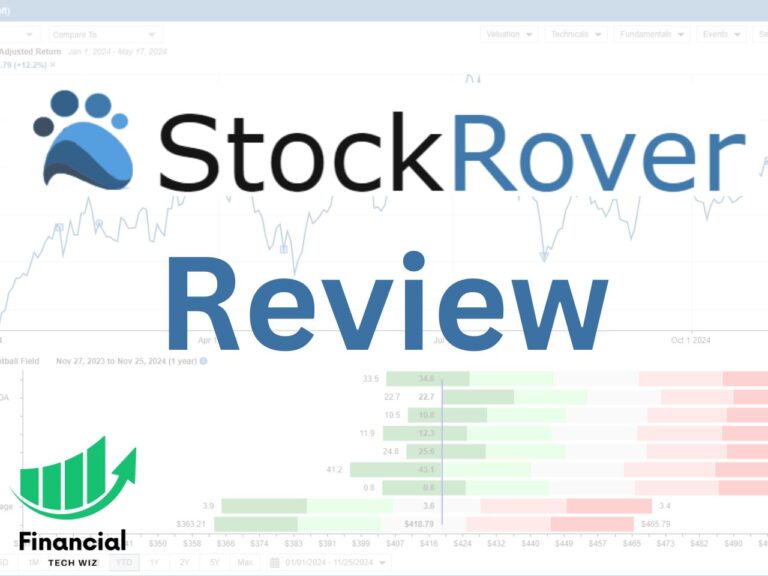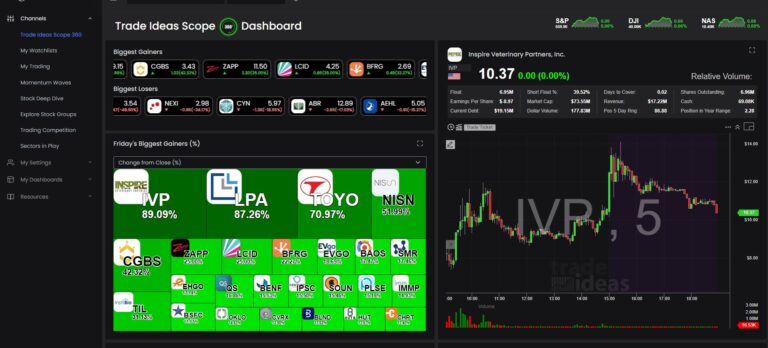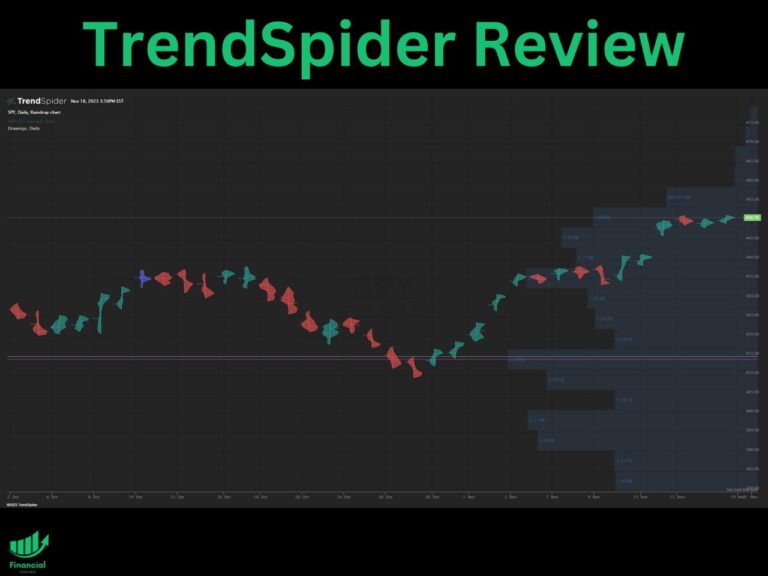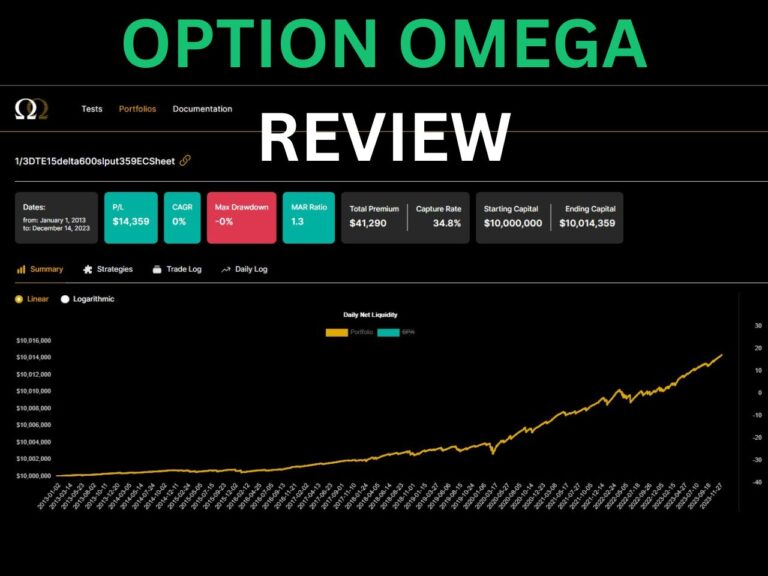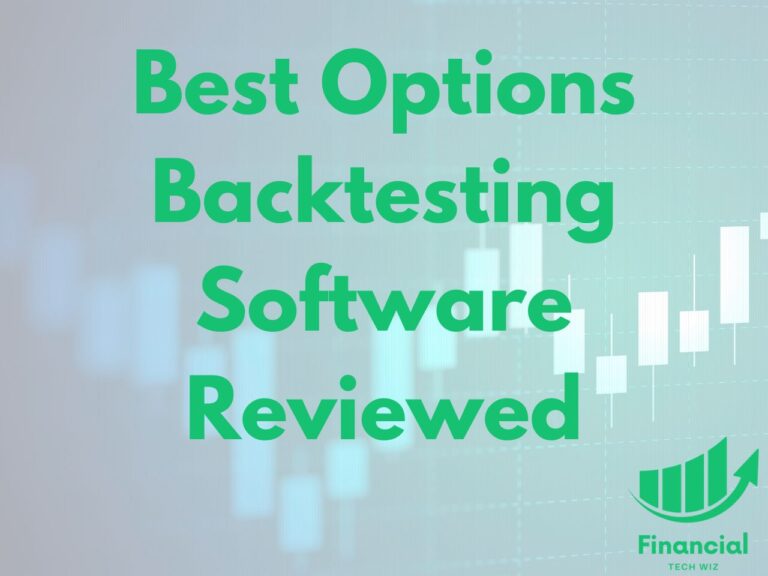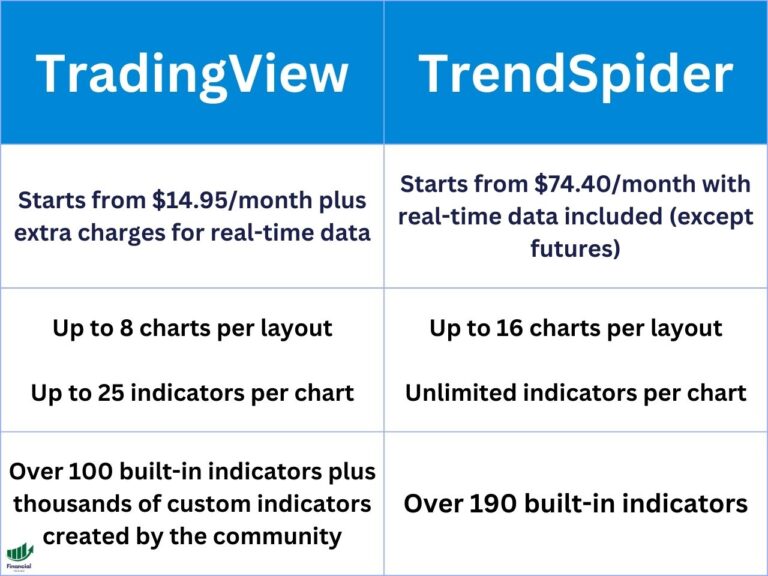FXAIX vs. QQQ – Key Differences Explained
The debate between FXAIX vs QQQ is the classic comparison of the S&P 500 vs the Nasdaq 100. FXAIX will provide more diversity, while QQQ’s concentration may lead to more growth. Additionally, QQQ will experience more volatility, while FXAIX will be more stable due to its diversification. Another detail to mention is that FXAIX is a mutual fund, while QQQ is an ETF.
To help you decide between the two, I compiled information about these funds in this article so you can decide which suits your portfolio better.
FXAIX vs. QQQ Key Characteristics
You can use the table below to compare the key characteristics of these funds:
| Metrics | FXAIX | QQQ |
|---|---|---|
| Expense Ratio | 0.02% | 0.20% |
| Dividend Yield | 1.69% | 0.62% |
| Number of Holdings | 506 | 101 |
As you can see, the Nasdaq generally has a lower dividend yield than the S&P 500. The QQQ ETF also holds around 100 stocks while the FXAIX S&P 500 fund holds 500, making it more diverse.
You can compare these funds live using the TradingView chart below. Be sure to click the “ADJ” button in the bottom right corner of the chart to account for dividends in the data. While TradingView doesn’t support mutual funds, you can change them to the ETF equivalent to see the returns in real time. In this case, the chart below uses the ETF ‘VOO’ as the equivalent of FXAIX.
Overview of FXAIX
FXAIX, the Fidelity 500 Index Fund, is a mutual fund managed by Fidelity Investments. This fund aims to provide investment results that correspond to the total return of stocks of large-cap U.S. companies. It seeks to replicate the performance of the S&P 500 Index, a widely recognized benchmark of U.S. stock market performance and is a standard for most investment portfolios.
FXAIX ETF Equivalents
The ETF equivalent of FXAIX is VOO, which is the Vanguard S&P 500 ETF. Fidelity does not provide an S&P 500 ETF. Here is a list of more FXAIX ETF equivalents:
- VOO
- IVV
- SPY
Overview of QQQ
The Invesco QQQ ETF (QQQ) is a widely recognized exchange-traded fund that tracks the Nasdaq-100 Index, primarily focusing on large-cap technology and telecommunications stocks, and does not hold any financial stocks. It is important for potential investors to recognize that QQQ’s focus on the Nasdaq-100 Index means its performance is closely tied to the tech-heavy index.
While QQQ doesn’t specifically track tech stocks, tech companies happen to be some of the best and largest companies, giving them high allocations to the Nasdaq-100 index. QQQ is also highly liquid, making it great for long-term investors and active traders alike.
Performance Comparison of FXAIX vs. QQQ
The total return performance including dividends is crucial to consider when analyzing different investment funds. QQQ will generally outperform FXAIX since it is less diversified, and solely focused on the top 100 companies, as opposed to 500 companies.
This comes with a drawback, though, because during bear markets, you should expect QQQ to decline harder than FXAIX. If you have a high-risk tolerance and want to shoot for the best returns, QQQ is a good option. However, if you prefer to take less risk, the FXAIX performance will suit you better.
FXAIX vs. QQQ Dividend Yield
Both FXAIX and QQQ pay dividends to their shareholders from the earnings of their underlying stocks. The dividend yield is a measure of how much a company pays in dividends relative to its share price.
QQQ generally has a lower dividend yield than FXAIX since it contains more growth-oriented companies than stable dividend payers. FXAIX contains growth companies as well, but since it has 5x the amount as QQQ, it contains more dividend payers.
The dividend yield of FXAIX is around 1.69%, while the dividend yield of QQQ is 0.62%.
FXAIX vs. QQQ Expense Ratios
The expense ratio is a measure of how much a fund charges its investors for management. It is expressed as a percentage of the fund’s assets per year.
The expense ratio is one of the most important factors to consider when choosing a fund because it directly affects your returns over time. The lower the expense ratio, the more money you get to keep from your investment.
FXAIX has a much lower expense ratio of 0.015%, while QQQ has an expense ratio of 0.20%. Therefore, from a fees perspective FXAIX is the winner.
FXAIX vs. QQQ Holdings
A fund’s holdings represent the collection of individual securities it owns and tracks. For investors, analyzing these holdings is essential, as they directly reflect what you are investing in when you buy into the fund. For example, FXAIX includes the 500 largest-cap companies on the market, while the QQQ ETF focuses on the top 100 large-cap stocks.
FXAIX holds 506 securities, while QQQ holds 101.
Mutual Funds vs. ETFs
When comparing investment funds, you might find it tricky to distinguish between an ETF and a mutual fund. It’s important to note that an index fund is a specific type of mutual fund. ETFs can be traded throughout market hours, while mutual funds update only once a day.
Mutual funds are investment vehicles that pool money from multiple investors and are managed by a fund company or advisor. These funds issue and redeem shares directly with investors at the close of each trading day based on their net asset value (NAV). Investors can purchase and sell mutual fund shares through the fund company or a broker.
ETFs are also pooled investment vehicles, managed by a fund company or advisor, but they are traded like stocks on an exchange throughout the day. Their market prices may differ from the NAV. Investors buy and sell ETF shares through a broker.
Here are some pros and cons of mutual funds versus ETFs:
- Mutual funds may be more convenient for investors who prefer a fixed investment amount or automatic investment and withdrawal options.
- Mutual funds might require a larger minimum investment.
- ETFs can incur bid-ask spreads and may trade at premiums or discounts to their NAV, which can impact performance and trading efficiency.
- Mutual funds may be less tax-efficient than ETFs, as they often distribute more capital gains to investors due to their redemption process.
- ETFs tend to be more tax-efficient since their creation and redemption mechanism can help avoid triggering capital gains.
FXAIX vs. QQQ – Bottom Line
Ultimately, both FXAIX and QQQ are solid investment choices. The choice between the two ultimately depends on the exposure you want and the amount of risk you are willing to take. QQQ comes with a bit more volatility for more upside risk. FXAIX is also a mutual fund, which may be less flexibile than an ETF.
Hopefully, the information in this article helps you decide which is better for your portfolio. To continue your research, check out our other fund comparison articles as well!
Other ETF Comparisons
– Free trading journal template & cheat sheet PDFs
– Access our custom scanners and watchlists
– Access our free trading course and community!

